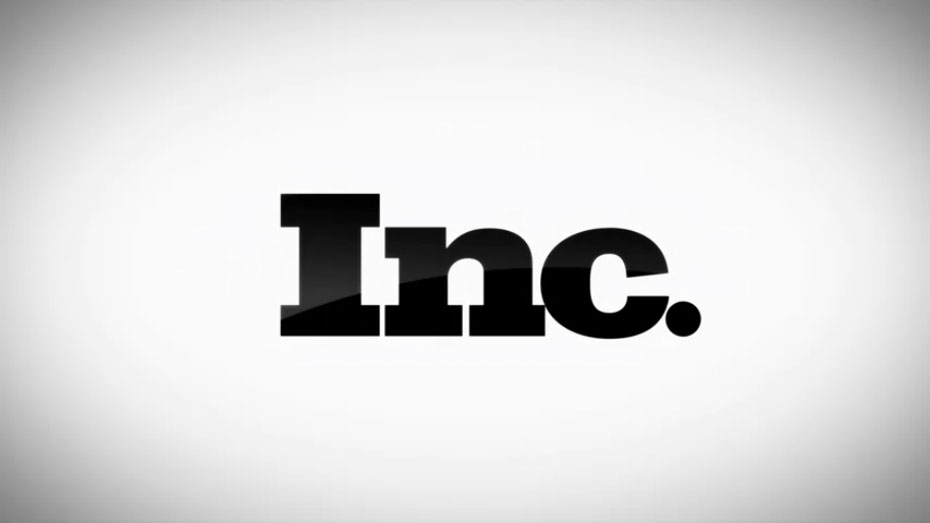Mice Trap Where You Don't Have to Look at It
Of Mice And Mettle

A stone's throw across the Charles River from our Boston offices lies Harvard University, home of the Harvard Business School, and a symbol of Establishment academe. In recent years the B-school has also become the symbol of something else: a kind of elitist, head-in-the-sand disdain for management approaches that defy the wisdom of "conventional" thinking -- conventional thinking presumably being what Harvard teaches best. Because of this perception, the business school has become the target of all sorts of rocks launched for all kinds of reasons. Want to light up an audience of capital-hungry chief executive officers? Blame the shortcomings of venture capitalists on their case-conscious, know-nothing, Ivy-trained underlings. Want to write a best-seller? Call it something like Why Harvard Business School Will Never Teach You What You Can Learn Here in My Book for $19.95. Beating up on Harvard MBAs is a cottage industry, not to mention a cheap rhetorical shortcut to Deep Insight into what ails corporate America. Those bricks you see arcing across the Cambridge skyline may not be doing much damage to the institution itself, but they sure look fun to heave. We know. We've thrown a few ourselves.
In the spirit of fair play, then, let us sheathe our weapons and tip our caps to Harvard marketing professor Theodore Levitt, who is singularly responsible for the inspiration behind our photo essay, "A Better Mousetrap," on page 69. Ted dropped by our place some months ago and regaled us with pages from his case-books. (In 1972, for instance, Levitt wrote a pioneering study of the McDonald's Corp. restaurant chain, in which he asserted that each burger joint was in fact a mini-manufacturing facility and that the real genius of Ray Kroc's vision was his sweeping industrialization of service.) He also somehow got talking about the marketing of mousetraps. Real mousetraps, that is. Now, we all know that the phrase "build a better mousetrap . . ." is really a metaphor for something else -- "Build a better waffle iron," Emerson might have said, "and you can contemplate an IPO in about a year and a half" -- but who cares about figures of speech when you are hearing about the famous Empire State Building rodent remover, a four-foot-tall, miniaturized mousescraper in which the furry interloper rides an elevator to the top and falls to his death from the 102d floor. Or the Pennsylvania State University study that proved that mice are more attracted to peanut butter than cheddar cheese. This is the good stuff, the nuts-and-bolts stuff, the kind of stuff they never teach you about -- whoops -- at Harvard. (Well, maybe not enough of it at Harvard.) Anyway, thanks Ted, and the next time we hear someone put down your ivied tower for being all theory and no practicality, we'll bean him with a jar of Skippy.
In February 1983, INC. published a feature article by senior editor Curtis Hartman entitled "PBA: A Tale of Two Airlines." The two airlines in the title referred to the management styles of two generations of Van Arsdales, and contained this thought from then-CEO John Van Arsdale Jr.: "Your whole life with an airline is trying to catch the screwups before they happen."
Last November, one of John Jr.'s "screwups" had cost him his pilot's license, his job, and -- much worse -- his airline's federal authorization to operate. Hartman returned to Florida to examine a plucky airline flying in the face of corporate catastrophe. Given exclusive access to behind-the-scenes crisis management, Hartman came back with the story of a company struggling to rise Lazarus-like from the graveyard of regulatory shutdown. No sooner had he begun to assemble his notes, however, than disaster struck PBA again, this time in the form of a tragic plane crash in Jacksonville. Hours after the news hit the airwaves, Hartman was winging his way south one more time to see who was picking up the pieces -- and at what ultimate cost to the airline, both financial and psychological.
His update on the PBA saga appears this month on page 88. Says Hartman, "When most companies suffer a major setback, the penalty is maybe the loss of some top people, or an eroded market share. With an airline, however, the price paid may be the total shutdown of all operations. Since the airline business is so intensely regulated, its tolerance for mistakes is minimal, and that made observing PBA's efforts to pull itself back together particularly fascinating."
We think it is, too, even for readers who missed the first installment.
Mar 1, 1985
Mice Trap Where You Don't Have to Look at It
Source: https://www.inc.com/magazine/19850301/5636.html
0 Response to "Mice Trap Where You Don't Have to Look at It"
Post a Comment